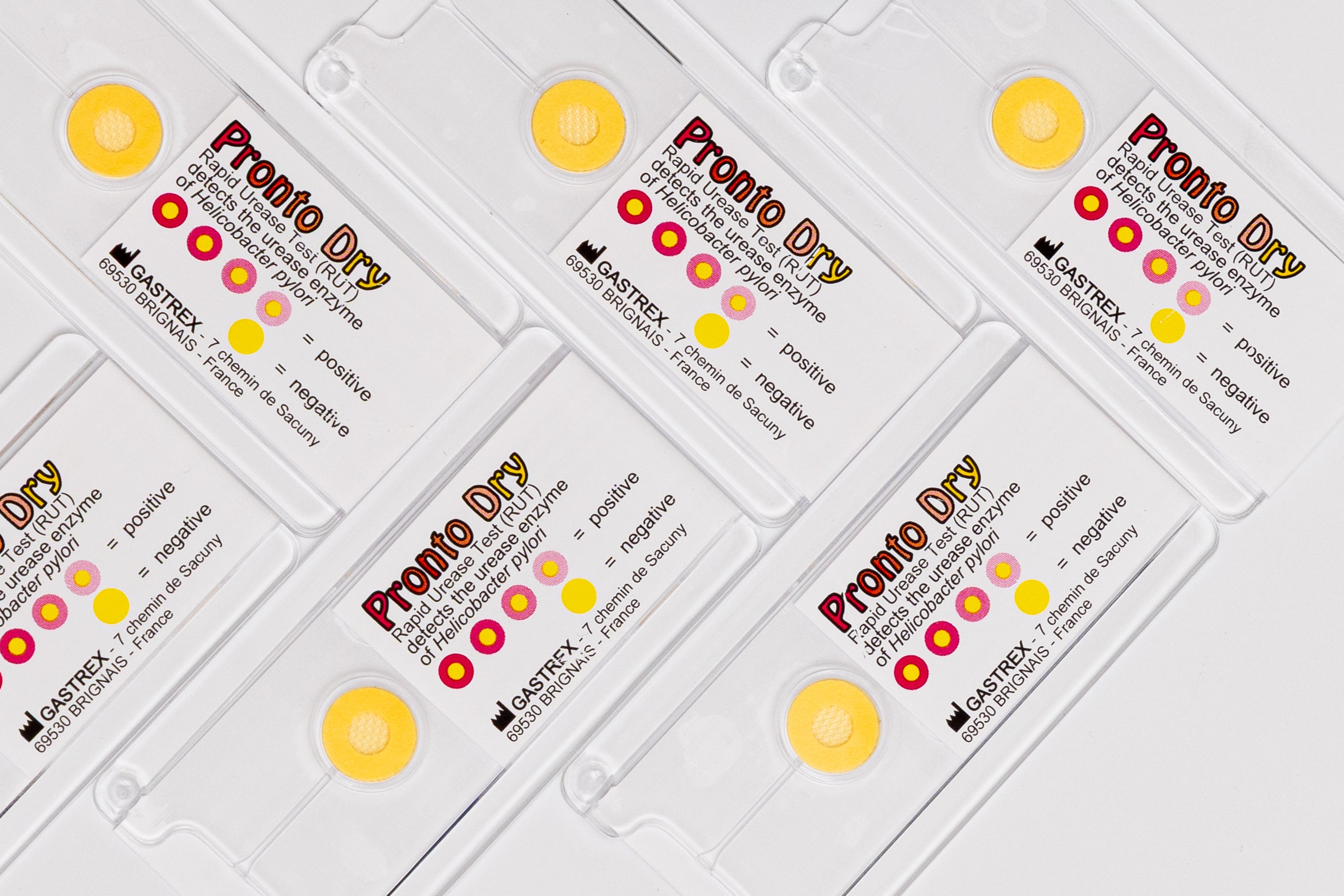Causes of Anesthetic Gas Allergy and Vapor-Clean Filters
Anesthetic gas allergy can cause malignant hyperthermia crisis. This pharmacogenetic disease of skeletal muscles can be fatal to the patient if the medical staff does not react immediately as soon as the warning signs appear. Equipping anesthesia machines with Vapor-Clean activated carbon filters helps to drastically reduce the time between diagnosis and the initiation of life-saving treatment and therefore to increase the patient's chances of survival in the same proportion.
Allergy to anesthetic gas
Anesthetic gas allergy occurs primarily in the presence of powerful volatile gases such as halothane, sevoflurane, desflurane, or succinylcholine. The latter component is a depolarizing muscle relaxant. Considered a weak trigger, it is nevertheless believed to shorten the trigger time and increase its effects. Anesthetic gas allergy causes muscle rigidity and an increase in expired carbon dioxide, which are quickly followed by fulminating hyperthermia (a temperature rise of 1°C every 5 minutes), rhabdomyolysis, tachycardia, tachypnea, or respiratory acidosis, but these are not limited to or exclusive of these.
Populations at risk
Although the incidence of malignant hyperthermia is estimated at approximately 1 in 250,000 anesthetics, the number of people at risk is actually much higher. According to INSERM data, this allergy to anesthetic gas can be explained by a genetic anomaly that affects 1 in 3,000 people. When a person develops an allergy to anesthetic gas , it is crucial to act quickly by stopping the diffusion of anesthetic agents and preventing volatile particles from reaching the patient.
The advantages of Vapor-Clean filters
By installing Vapor-Clean filters in the anesthesia machine, the operator can completely purge the circuit in less than 90 seconds. This also allows the operator to treat a new patient while ensuring that no vaporous anesthetic gas molecules are still present. These advantages help simplify the anesthesiologist's maneuvers and significantly increase the success rate of treatment during a malignant hyperthermia crisis.

